Recently I stood witness as the old maple tree in my front yard was taken down. Losing a tree is always sad, but, in a neighborhood – not a forest – it is sometimes necessary. Rot had set in, sending the largest branch crashing to the ground barely missing a neighbor’s truck and sprawling across the lawn to the building next door. With winter snow, ice, and wind ahead, the tree was too dangerous to leave standing.
Still, knowing that didn’t make the event easier to watch.
A team of five men arrived early in the morning. What took decades to grow took only an hour to reduce to a stump. I thought it should have taken longer – out of respect. Some ritual. Some acknowledgement of the gift it has been. It’s not our way.
The men were efficient. One wielding a chainsaw from his perch in the cherry-picker’s bucket, cut away small branches and larger limbs, deftly guiding them to avoid cables and wires as they fell to the ground. Once one hit the yard, another man picked it up and fed it to the shredder parked along the curb. Woodchips and dust blew in the air like snow.
Standing in my neighbor’s driveway, I felt the ground shudder when larger limbs fell, and sadness welled in my heart for an old friend’s demise. Observing it over the years, I learned much. Did you know that some tree buds contain leaves, some flowers, and some protect both through winters until spring warmth coaxes them open? The tree led me to books and the internet where I learned that in winter, maples store sap in their branches, not roots as I had thought. (Read my column, Greening Nature and Spirits.)
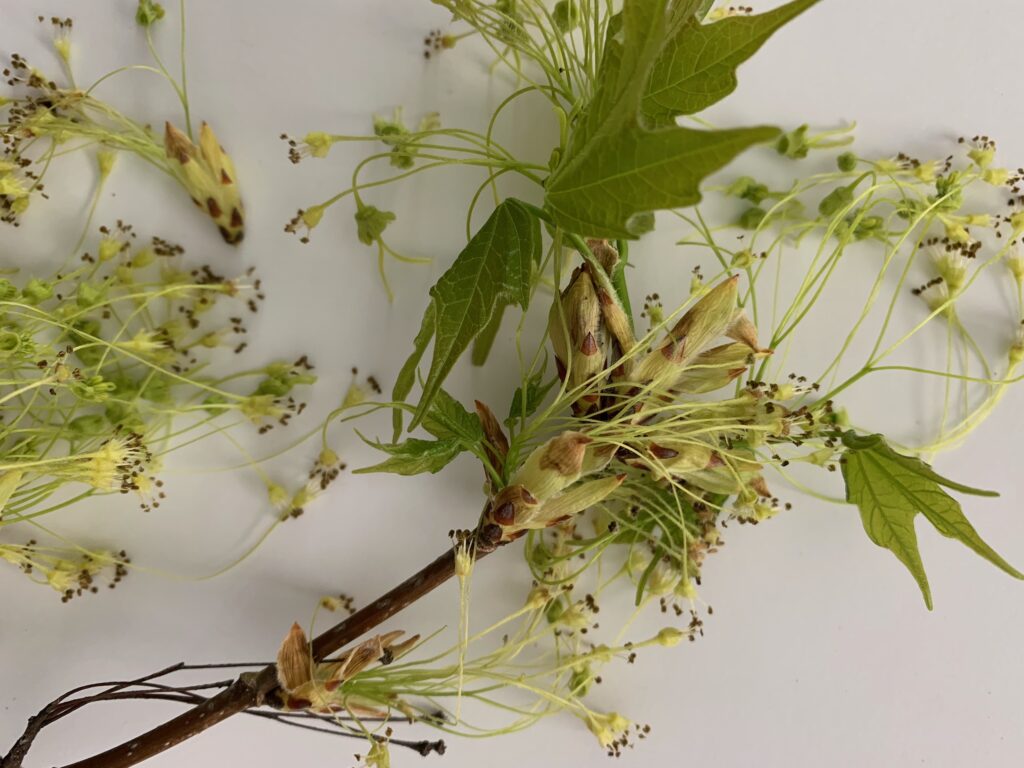
Its branches provided shelter for birds and squirrels. Once I spied a tiny hummingbird nest. In every season the maple provided interesting lines and colors outside the living room window. In summer the leaves bestowed welcome shade.
Suzanne Simard, Professor of Forest Ecology at the University of British Columbia, has proven that trees communicate with each other, linked in part by tiny fungal mycelium. They “talk” and cooperate. Forests, her studies reveal, are wired for wisdom and care. (See Finding the Mother Tree: Discovering the Wisdom of the Forest. You can listen to her interview with Krista Tippett, Forests Are Wired for Wisdom on an OnBeing podcast.)
I looked at the tree, now mostly trunk, and saw it isolated, not in a forest community that shares nutrients, nurture, and protection, but on my suburban street. Trees stand in most of the yards, but they are carefully spaced and part of landscaped patches of grass and sometimes gardens. Most of the lawns are doused with chemicals to keep “pests” and unwanted vegetation under control – all of which, if allowed to live and grow, would create a more healthful environment.
I wondered if the tree might have been stronger if its roots had been part of a rich, woodland network and felt embarrassed that for years I took it for granted, unaware of the challenges solitary trees encounter when planted by well-meaning humans whose preferences for carpet-like lawns and manicured yards do great harm to the life that exits under our feet, out of sight.
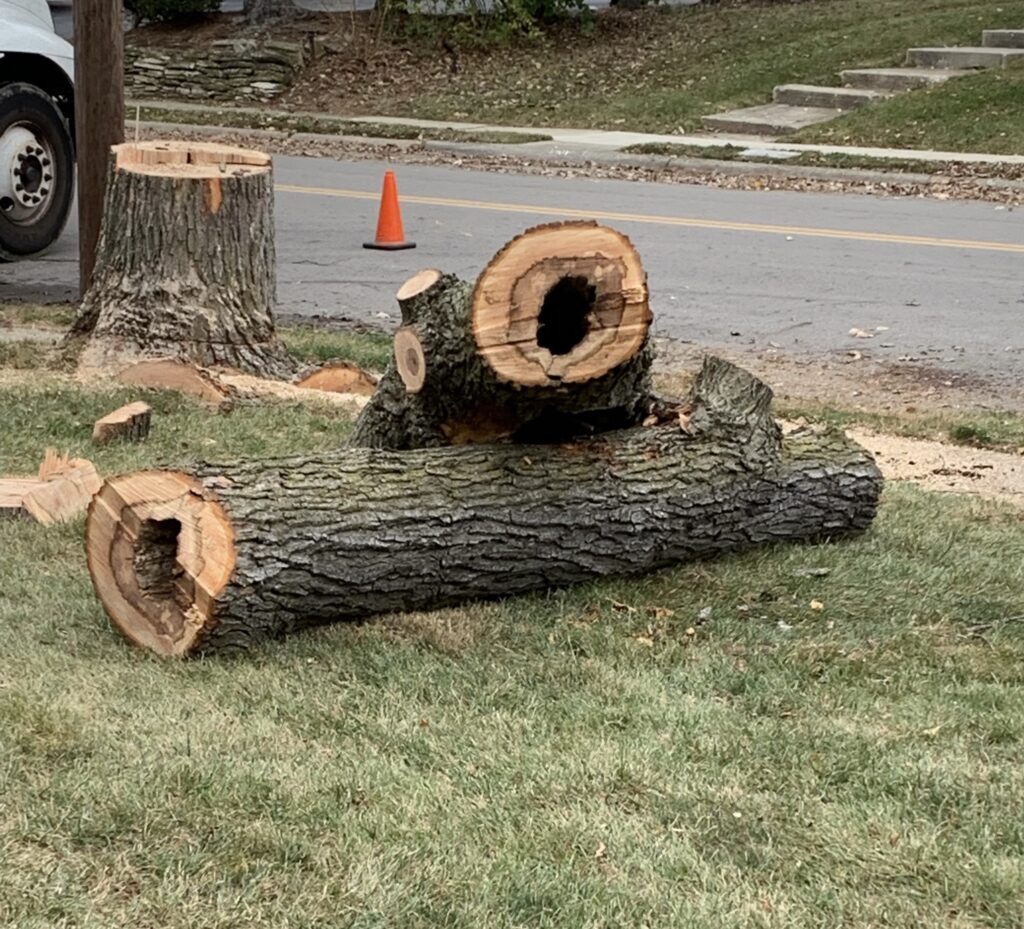
The chainsaw growled, and with every falling branch and every cut into the trunk, I wondered if the maple next door, clearly near the same age as the one being taken down, was aware of what was happening to its neighbor. Had it been sharing carbon and nutrients with it over the years? What of the other trees growing along the street. What were they “hearing”? Were they grieving? Had they known this old maple was diseased?
Now, when I see the short stump left in the yard, I think, “people and trees have a lot in common.” Not just the chemicals used to communicate, one through an underground network of roots and living organisms, the other through the brain’s neural network. Not just some bits of DNA that we share. But our shared need for others. Trees and people do better in community. We seek it out. Sometimes it’s found in families. Or groups of friends. Or in churches or other organizations.
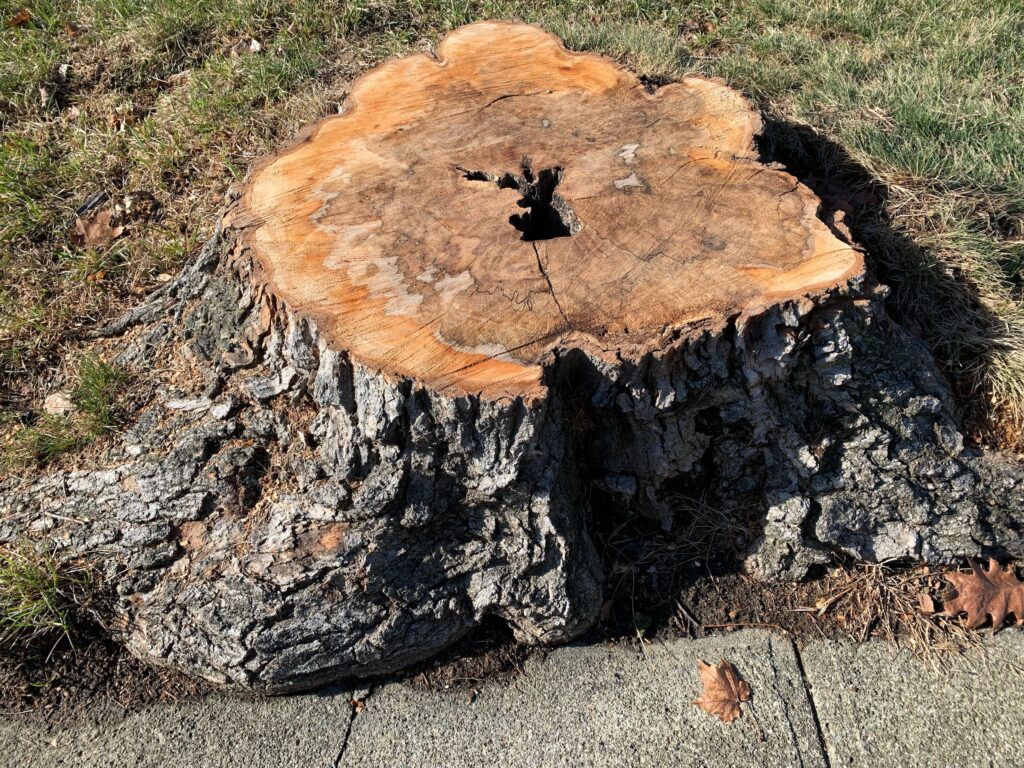
Mother trees described in Simard’s book gather energy with their huge crown of leaves and send it through their roots into the network where it’s shared with seedlings struggling to grow beneath the canopy’s shade until they, too have energy to contribute to the network. Young human beings need the care and nurture of their elders. Wrapped in an environment of love and acceptance where they can grow and thrive, the young mature, and eventually contribute to the larger community themselves.
Life doesn’t always work out that way. Like solitary trees, some people feel very much alone. Human environments can be harmful, even toxic. Unlike trees that function as they are made to do, human beings, for all kinds of reasons, can be decidedly dysfunctional. Still, we are made for love and belonging, and we flourish when immersed in it. Pandemic isolation made that painfully clear.
On this past Thanksgiving day, my daughters, partners, and I were able to be together, a rare gift. I thought of mom and dad, their love, and the family they created. My daughters and I have grown in the grace of that love and have added our own to it, expanding its reach further, to others in our lives and into the world.
As we gathered around the table, I sat for a minute in silence, reaching into my heart for a before-meal blessing. The familiar words, “Bless us, O Lord, and these thy gifts,” wouldn’t do. I was mindful of the sacrifice of plants and animals and well as the work of human hands that put food on our shared table. The loss of the tree heightened my appreciation for all creation, for the mystery and intelligence of life that we humans do not recognize. Most of all, it deepened my awareness of the interconnectedness of all things and our need for one another. I felt gratitude for the precious community of my family.
Concern stirred for our human companions, many suffering from violence and poverty, traveling on this planet that teems with life of every sort and groans under the weight of abuse and short-sighted policies. All life deserves reverence and love. Glimpses of the universe, time, and space we see through the James Webb Space Telescope images reveal how little we know, how much is mystery.
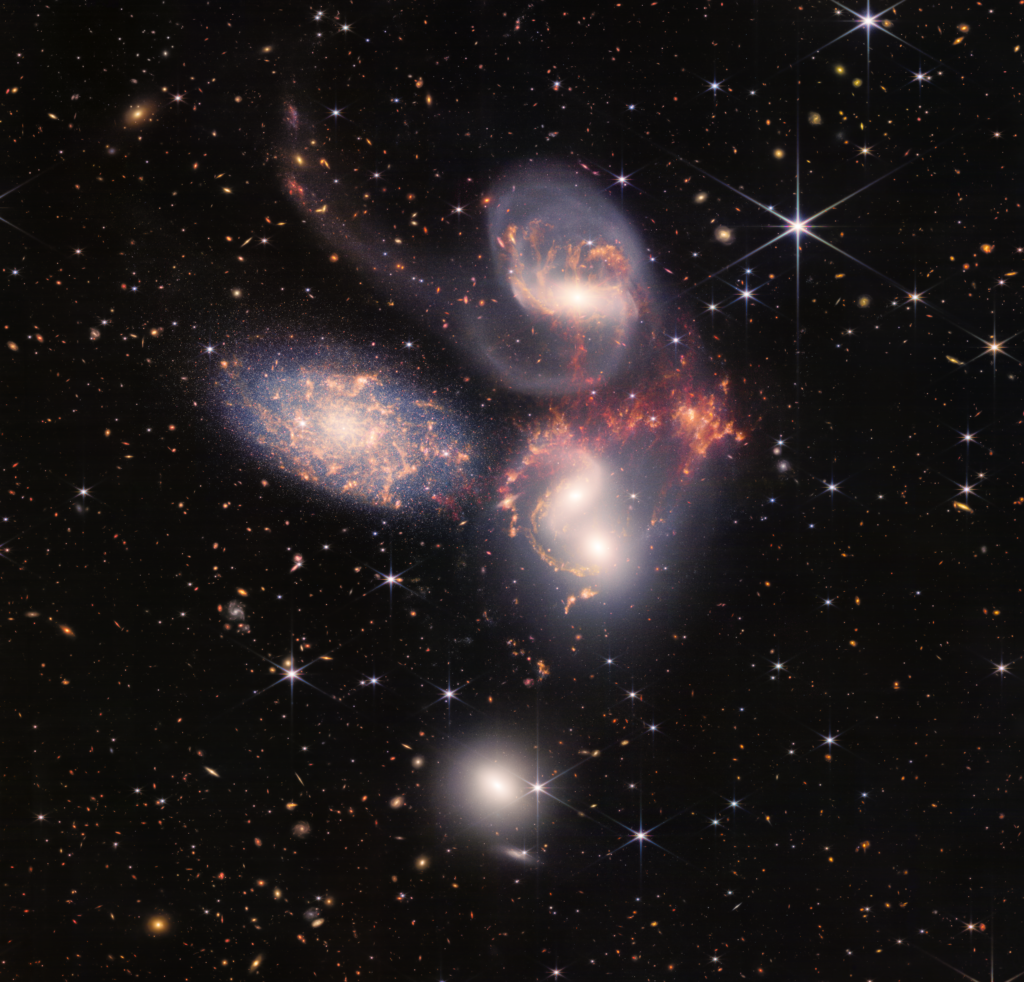
I don’t remember what words I spoke before we started passing food around. Something about gratitude and longing for nourishing community for all. They were few and simple, not important themselves. It’s love, moving from the heart to the world, that counts.
May we embrace Creation as a whole, / and become attuned to all the world; / May we be blessing to the universe, and / see divinity in the within and / the without of all things.
from Psalm106 in Psalms for Praying: An Invitation to Wholeness by Nan C. Merrill
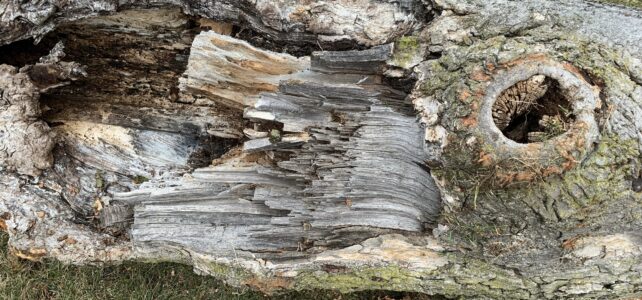
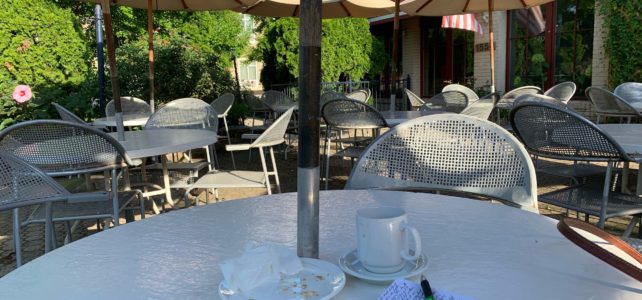
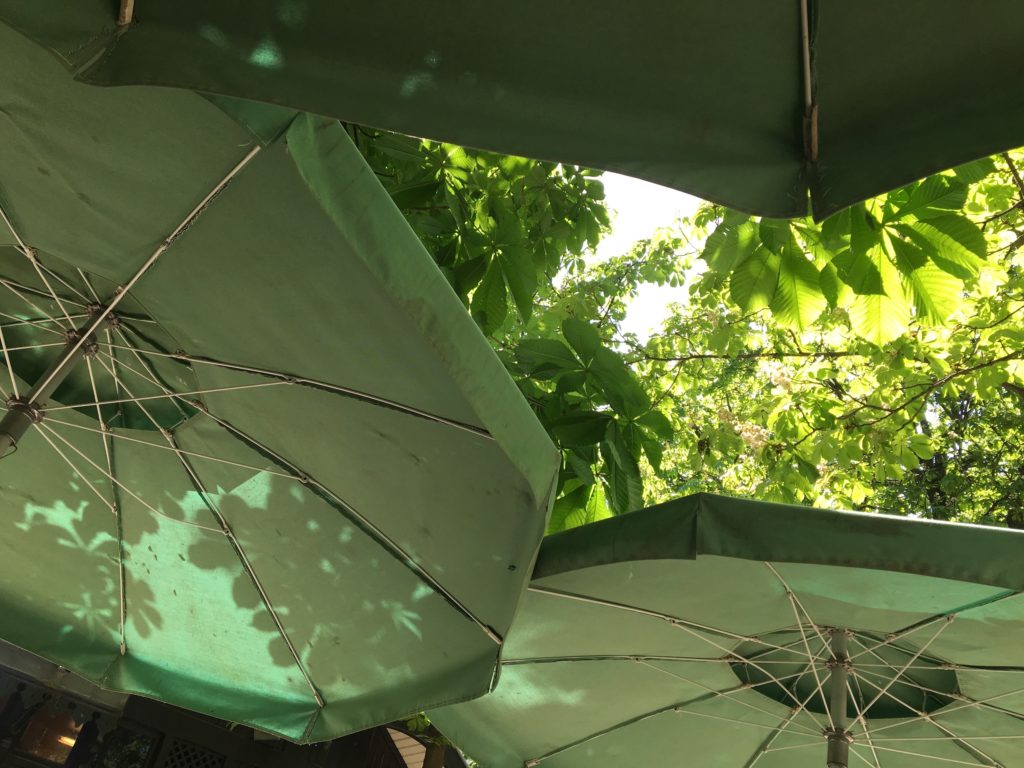
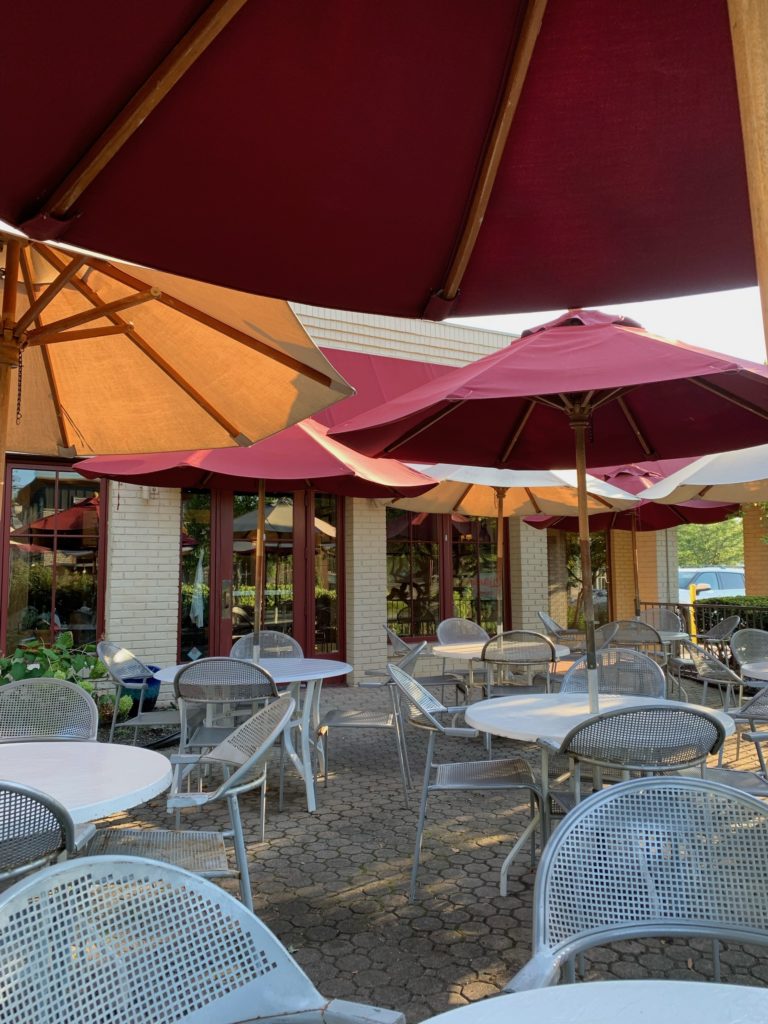
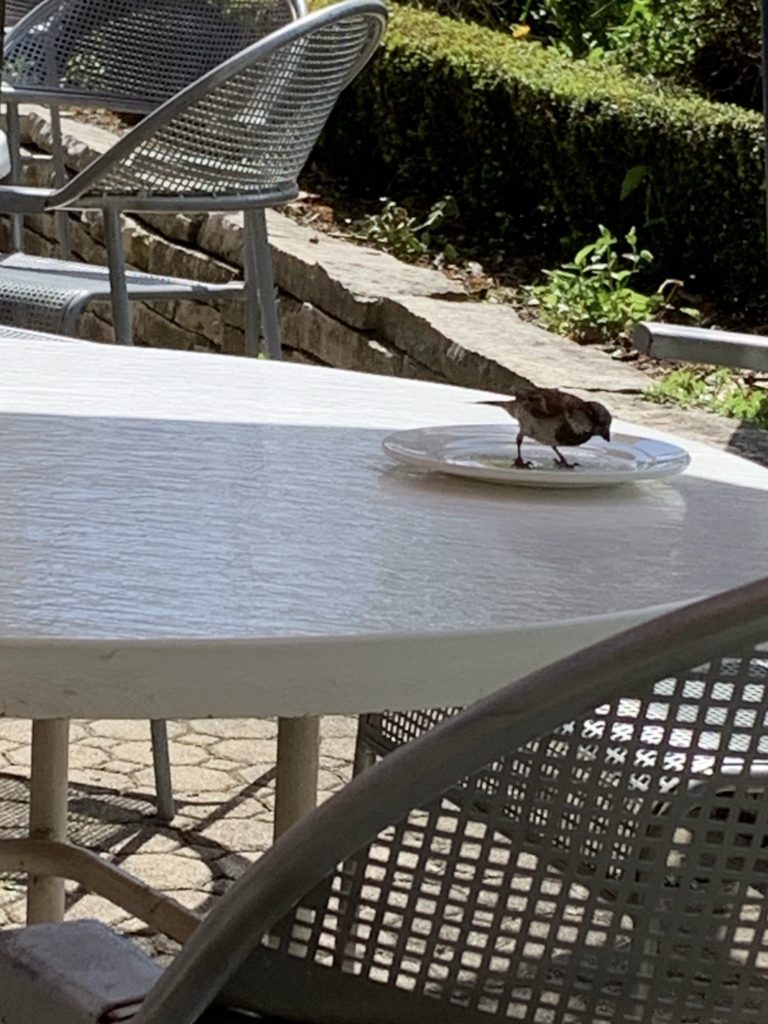
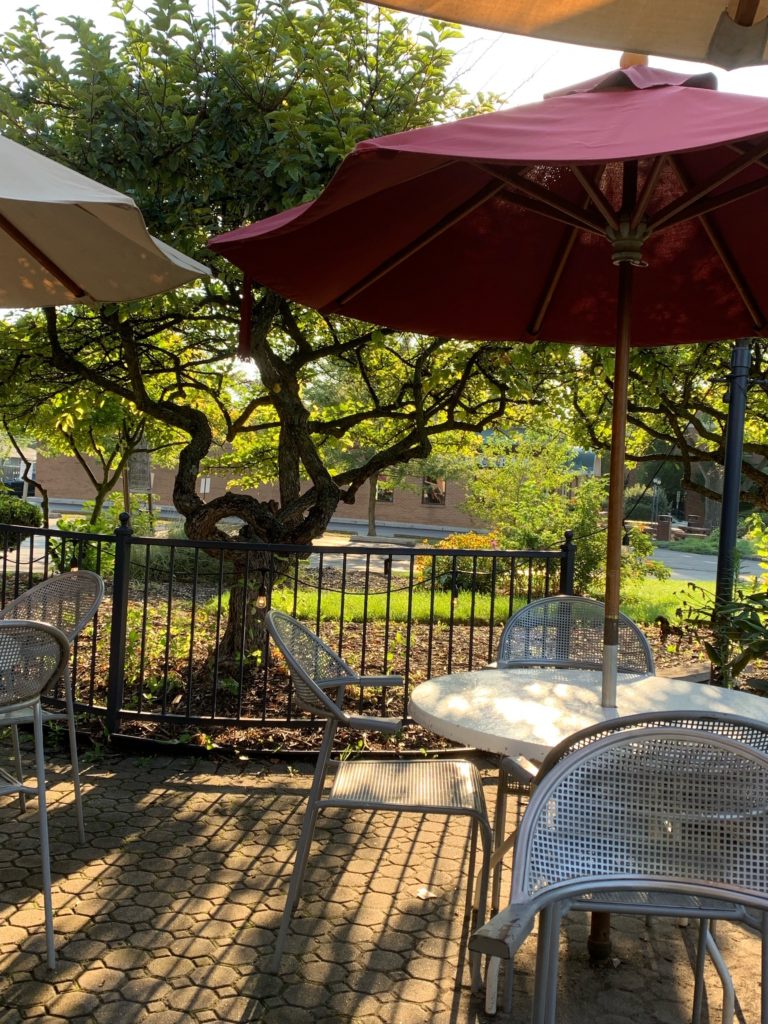
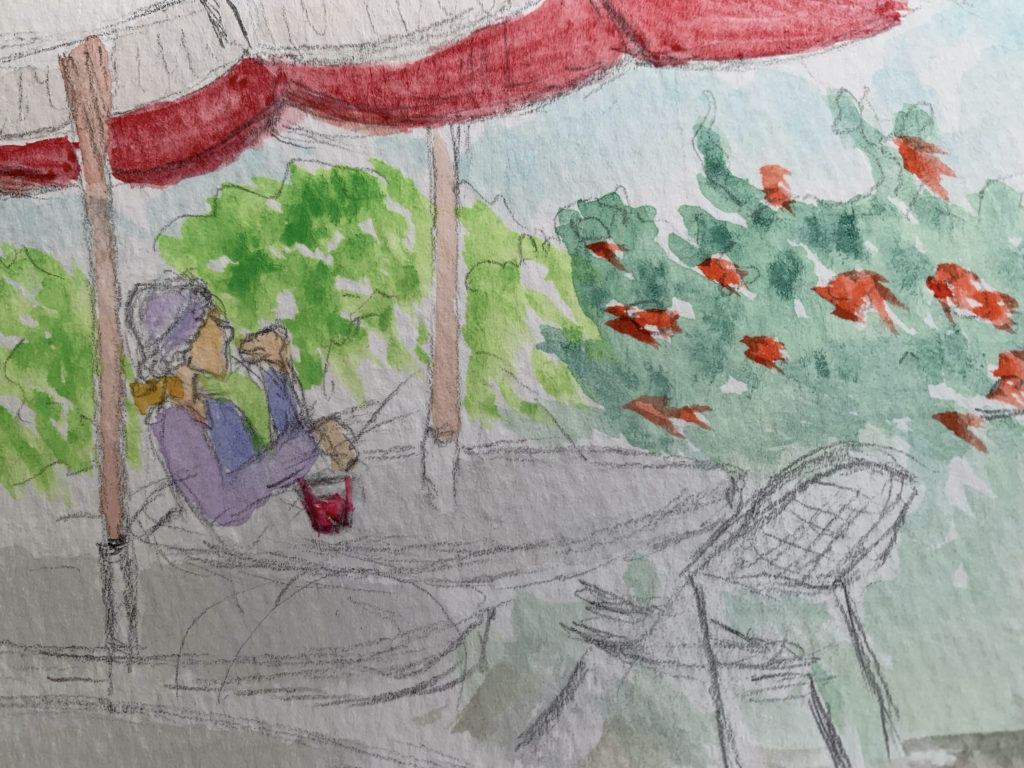


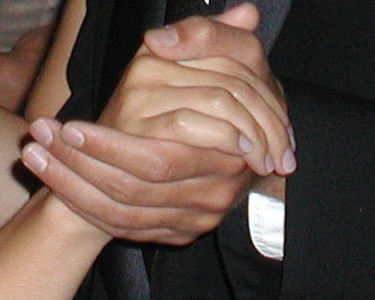
 Last night, after a lovely evening of dinner and prayer with our long running monthly “Sabbath Group,” I decided to spend the night there. It was my first meeting since knee surgery, and as simple as the gathering was, I was exhausted. Another member of the group spent the night as well. We enjoyed a bit of Bailey’s and conversation before heading up to bed.
Last night, after a lovely evening of dinner and prayer with our long running monthly “Sabbath Group,” I decided to spend the night there. It was my first meeting since knee surgery, and as simple as the gathering was, I was exhausted. Another member of the group spent the night as well. We enjoyed a bit of Bailey’s and conversation before heading up to bed.